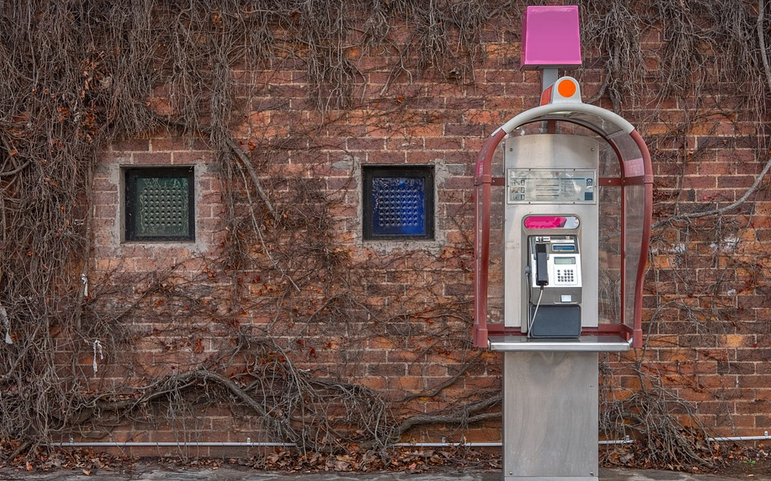Understanding the Outlander’s Gearbox: A Brief Overview
The Mitsubishi Outlander, a versatile compact SUV, has been a popular choice for families and adventurers alike. It boasts ample space, fuel efficiency, and a comfortable ride experience. But like any vehicle, its performance is impacted by various components, including the transmission. This article delves into common transmission problems encountered with the Outlander, equipping you with essential knowledge to keep your SUV running smoothly.
The Outlander usually comes equipped with either a continuously variable transmission (CVT) or a traditional automatic transmission. These transmissions are designed for efficient power delivery and smooth gear changes, making them suitable for various driving conditions and terrains. However, like any complex machine, they can experience issues over time.
Identifying Common Transmission Problems in the Outlander
Recognizing common trouble spots in your Outlander’s transmission is the first step towards addressing potential problems. It allows you to address issues early on, preventing minor problems from escalating into more expensive repairs.
Here are some of the most frequent transmission-related problems reported by Outlander owners:
- Slipping or Jerky Gear Changes: This can signal a problem with the valve body, solenoid, or even friction material in the clutch.
- Rough Shifting or Delayed Shifts: This could be due to internal wear and tear of the transmission components.
- Transmission Fluctuations: If you notice a sudden change in the vehicle’s power delivery, it may indicate a problem with the torque converter.
- Grinding or Clicking Noise: This might point to issues with the transmission bearings, which can cause a grinding sound during normal driving.
Why These Problems Occur
Understanding the root causes of these common transmission problems is important for efficient troubleshooting and repair. Here’s an overview:
* **Driving Habits:** Aggressive acceleration, rapid shifting, hard braking all put unnecessary strain on the transmission, potentially leading to wear and tear on components. * **Low-Quality Fluids:** Using low-grade or expired transmission fluid can cause overheating and damage to internal parts over time. * **Regular Maintenance:** Many owners neglect regular maintenance services, which ultimately contribute to potential transmission issues down the line.
Signs of Transmission Trouble
It’s essential to be vigilant about your Outlander’s transmission health. Here are some warning signs that might indicate a problem:
* **Diminishing Fuel Economy:** If you notice reduced fuel efficiency, it could signify a problem with the transmission, which is not properly shifting gears efficiently. * **Persistent Roughness when Shifting Gears:** If your car feels sluggish or experiences rough shifts even at low speeds, this could indicate a potential issue with the transmission’s internal components.
It’s important to note that transmission problems can often be subtle, and early detection is crucial for avoiding costly repairs.
Taking Action: Addressing Transmission Problems
If you encounter any of the warning signs mentioned above, schedule an appointment with a certified mechanic or Mitsubishi dealership. Early intervention is key to preventing significant damage to your Outlander’s transmission. Remember, prompt action can save you from expensive repairs down the line.
Here’s why it’s best to seek professional help:
- Expertise: Dealerships employ specialized technicians with experience working on transmissions and can diagnose and repair issues accurately.
- Equipment: They have the tools and equipment necessary for accurate diagnostics and repairs, which may require specific expertise and technology.
- Warranty Coverage: Many dealerships offer warranty coverage on transmission repairs, which might be an added benefit.
Maintaining Your Outlander’s Transmission
Preventive maintenance plays a crucial role in maintaining your Outlander’s transmission and ensuring long-term functionality:
- Regular Fluid Change: As per the manufacturer’s instructions, change the transmission fluid regularly to ensure optimal lubrication and protection.
- Transmission Filter Replacement: Replace the transmission filter at regular intervals as recommended by the manual to prevent debris build-up.
- Drive Smoothly: Avoid abrupt starts, stops, and rapid shifts as this can put unnecessary stress on your transmission and accelerate wear.
- Regular Inspections: Get your Outlander inspected regularly by a mechanic to identify any potential issues early on.
The Bottom Line
Navigating the complex world of Mitsubishi Outlander transmission problems can be daunting. But with this insight, you’re better equipped to keep your SUV running smoothly for years to come. By paying attention to warning signs, scheduling regular maintenance, and seeking prompt professional help when needed, you can ensure a long-lasting driving experience.



